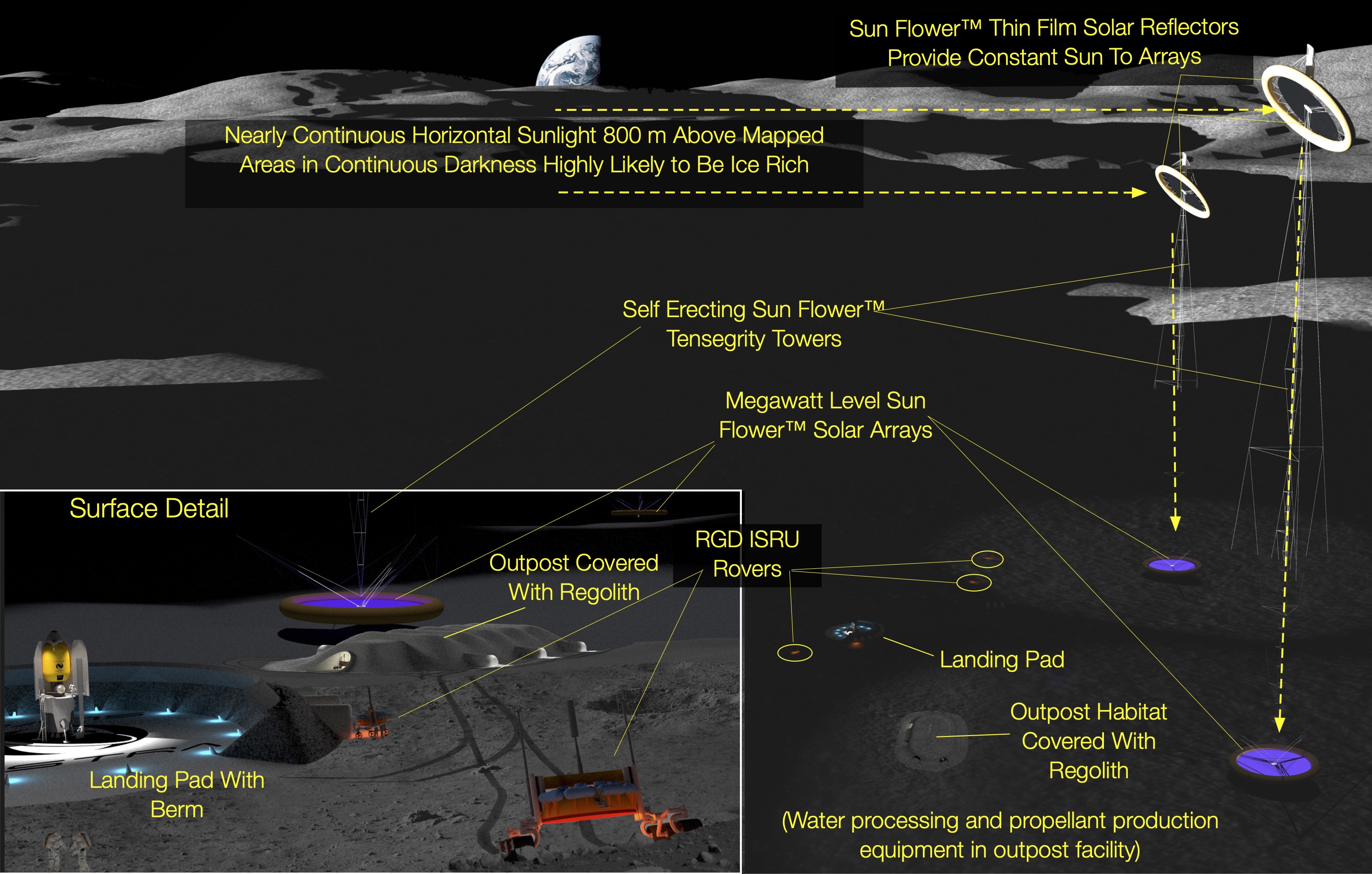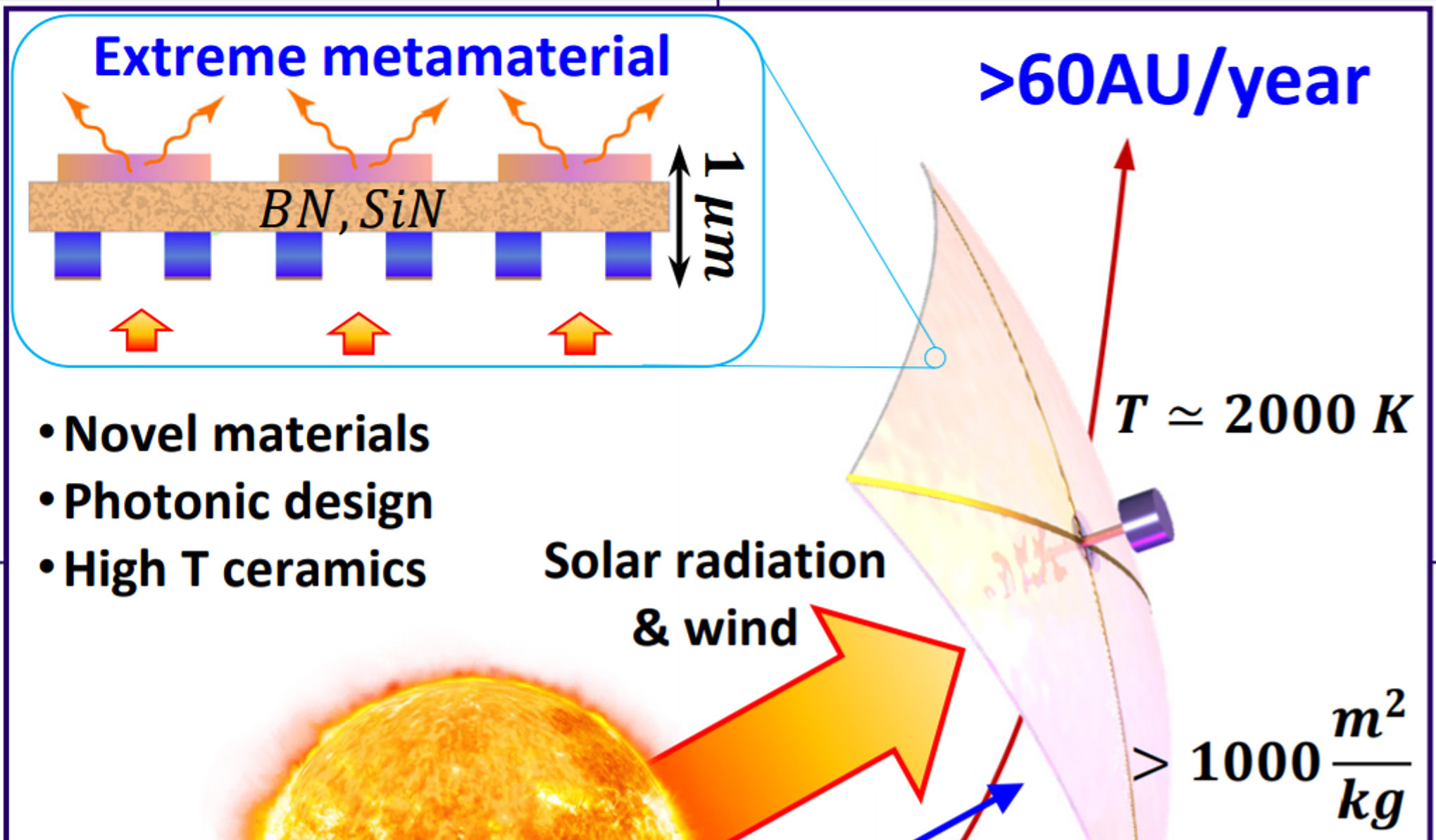Plan to Explore Proxima Centauri For Decades Usings Thousands of Chipsats
Hbar Technologies looks at using Breakthrough Starshot laser acceleration to reach Proxima Centauri and then use antimatter propulsion to decelerate. This would not be a flyby mission where a mission would pass through the solar system at 10% of the speed of light. A ten-kilogram spacecraft would have a decades-long exploration and scientific data return …











